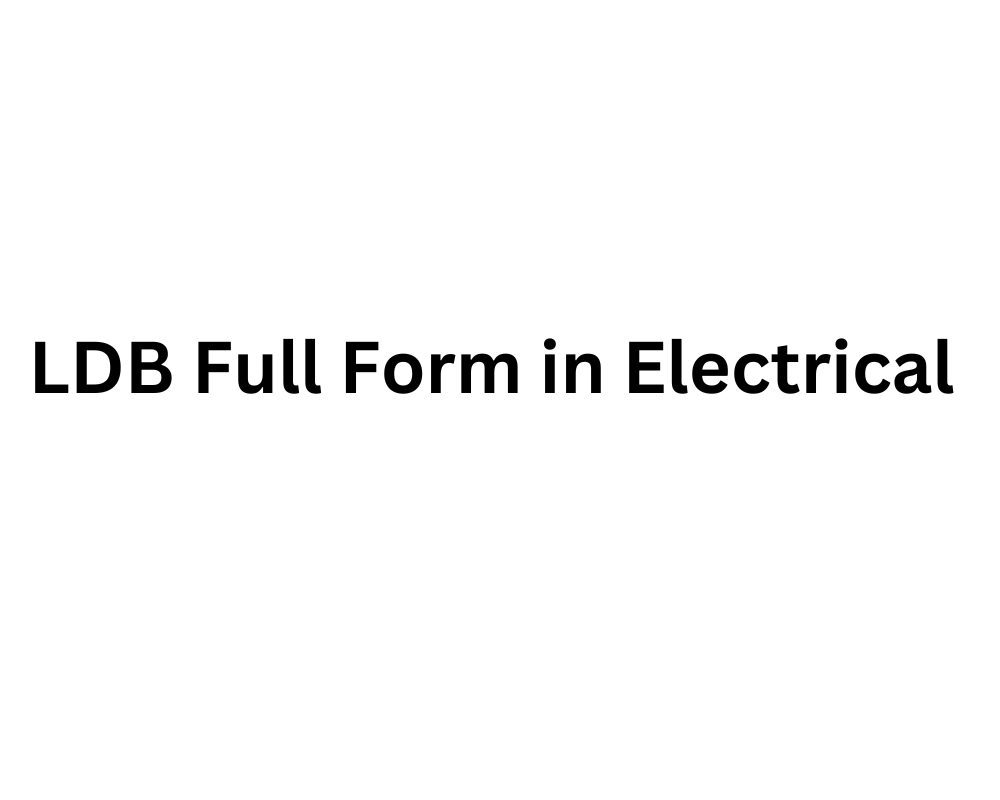Banks will look at your financial stability and creditworthiness before giving a loan. FOIR helps banks to know the financial health of the borrowers. This blog describes FOIR full form in banking, its importance, and how it is calculated by the banks.
Meaning of FOIR in the banking sector
The full form of FOIR is Fixed Obligation to Income Ratio. It can be popularly known as debt-to-income ratio. This ratio helps the banks to know the loan eligibility of the borrowers. FOIR shows the monthly income used to repay loans and credit obligations. Lenders use this ratio to check whether the borrower has the proper financial capacity to repay the loan or not.
Procedure to calculate FOIR
Banks calculate FOIR with a simple formula. The steps to calculate FOIR are:
- Calculation of monthly loan obligations
Lenders will add credit card payments, existing EMI loans, and other financial obligations to calculate all the monthly financial obligations.
- Calculating gross monthly income
The term gross monthly income is the total earnings in a month before any deductions. This income includes business income, rental income, and other income sources.
- Application of the formula
The banks will take both these figures and include them in the FOIR formula. They will divide the total monthly loan obligations by gross monthly income. They will further multiply the figure by 100 to get the exact FOIR percentage.
How is FOIR important for the banks?
FOIR is important to the banks in many ways such as:
- A high FOIR shows that a borrower has many existing loans to repay.
- It helps the borrowers reduce financial stress by improving financial behavior.
- FOIR helps to know the loan eligibility of the borrowers.
Conclusion
This is a blog on FOIR full form in banking and how it helps the banks in different ways. FOIR helps to check the financial health of individuals while applying for a loan.




